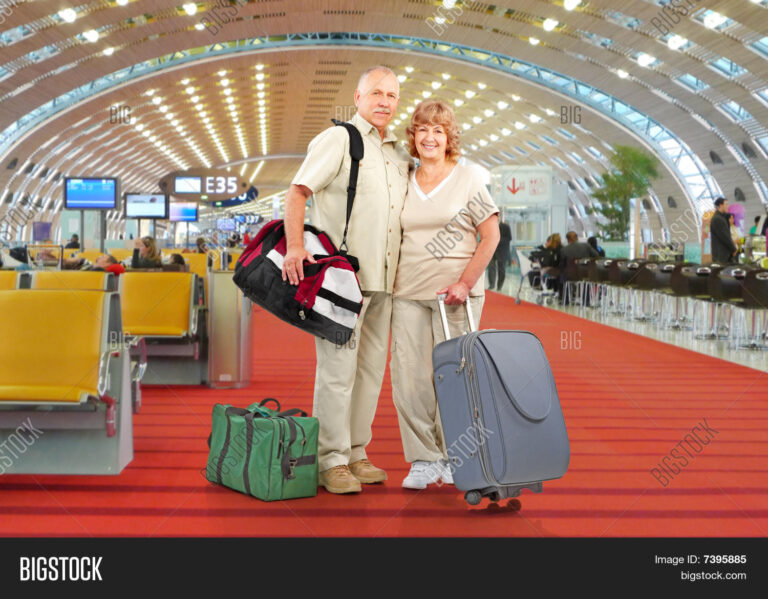🌍 Why this matters to expat entrepreneurs
You want low taxes, easy visa access, and fast business setup. These countries deliver—so you can launch your business quickly, save money, and focus on what matters.

Table: Top Countries Compared at a Glance
| Country | Personal Income Tax | Corporate Tax | Visa Routes | Ease of Setup | Highlights |
|---|---|---|---|---|---|
| UAE | 0% | 9% over AED 375k | Golden Visa, investment, freelance | Days/weeks | Modern infrastructure, global hub (Taxes for Expats, Harrison Brook, The Times of India) |
| Singapore | ~0-22% | R&D incentives, exempt foreign income | EntrePass (business visa) | 1–2 days, digital tools | Strategic in Asia, zero capital-gains tax (Statrys, Business Insider) |
| Hong Kong | 0% on foreign income | 16.5% (offshore firms exempt) | Fast online company incorporation | 1 day | Offshore tax efficiency (Statrys, Nomad Capitalist) |
| Estonia | 0% on reinvested profits (22% on distribution) | Startup visa, e-Residency | Fully remote EU company setup | <1 day | Digital-first, global registry (Global Citizen Solutions, Wise) |
| Canada | ~15–26% | ~15% federal + provincial | Startup Visa | 1–2 weeks | Strong legal system, startup support (Statrys, Universal Tax Professionals) |
| Portugal | ~14-48% | ~21% + incentives for SMEs | D7, revised Golden Visa (fund/creation) | Processing delays possible | Lifestyle, EU access (New York Post, Wikipedia) |
| Lithuania | ~20–22% | 0% corporate for 10 yrs in Free Zones | Startup Visa | Weeks | EU access plus tax holidays (Wikipedia) |
| Bahamas / Caribbean tax havens | 0% | 0% | Investor residency programs | Varies | Full tax neutrality, tropical appeal (Taxes for Expats, Immigrant Invest, Global Citizen Solutions) |
| Sweden / Norway / Denmark | ~20–22% | ~20–22% (R&D credits possible) | Self-employment or entrepreneur visas | ~1–2 weeks | EU access, innovation grants (Global Citizen Solutions, Shopify) |
🔍 Country-by-Country Deep Dive: What You Need to Know
UAE – Dubai & Abu Dhabi
- Tax-free personal income, no capital gains or inheritance taxes.
- Corporate tax: 9% if profits exceed AED 375k, otherwise 0% (Taxes for Expats, Global Citizen Solutions).
- Visa options: Golden Visa for 5- or 10-year residency, freelance or investor permits (The Economic Times, The Times of India).
- Opens in just a few days, fully digital incorporation.
- Why you’d choose it: Ideal if you serve Europe or U.S. clients, want wealth preservation, and rapid business launch (Business Insider).
Singapore
- Corporate tax: around 17%, generous exemptions for startups.
- No tax on foreign income or capital gains.
- EntrePass visa: streamlined for tech founders.

- Outstanding infrastructure, English-based business ecosystem.
- Why you’d choose it: Gateway into Asia, fast banking, and efficient bureaucracy (Business Insider, Statrys).
Hong Kong
- Low simple tax system: only 16.5% corporate tax, with offshore exemptions.
- Business setup can be done online in one day.
- Why you’d choose it: Quicker, leaner launch — ideal for trading, e-commerce or consulting structures (Statrys, Nomad Capitalist).
Estonia
- Profits tax-free while reinvested, 22% applies on distribution.
- Startup Visa and e-Residency let you launch fully remote EU-based company.
- Bear minimum overhead: registration online, easy admin.
- Why you’d choose it: Best for digital nomads or SaaS businesses scaling across Europe (Wise, Global Citizen Solutions).
Canada
- Moderate taxes but excellent business ecosystem.
- Startup Visa grants permanent residency for innovators.
- Grants, R&D credits, access to North American markets.
- Why you’d choose it: Long-term stability, reputable jurisdiction, support networks (Statrys, Universal Tax Professionals).
Portugal
- Still attractive despite Golden Visa backlog delays (cases pending until 2030) (Wikipedia, New York Post).
- New investment pathways: venture capital funds (€500k), job creation (10 jobs), R&D (≥€500k).
- D7 passive income visas if you can sustain financially.
- Why you’d choose it: Full EU access, high quality of life, cost of living lower than many EU capitals.
Lithuania
- Free Economic Zones: 0% corporate tax for 10 years, then 8%.
- Startup Visa reduces initial capital needs.
- Strong fintech and GBS sector.
- Why you’d choose it: Affordable EU base with tax holidays and access to EU single market (Wikipedia).
Caribbean / Tax Havens (Bahamas, Cayman, BVI, Vanuatu)
- True zero income and corporate tax.
- Residency via investment programs.
- English-speaking, low bureaucracy.
- Why you’d choose it: Maximum profit retention, privacy-oriented setups—ideal for holding companies or investment vehicles (Taxes for Expats, Immigrant Invest, Global Citizen Solutions).
Nordic Options: Sweden, Norway, Denmark
- Corporate tax ~20-22%; R&D credits for tech and green ventures.
- Streamlined “entrepreneur” or “start-up” visas.
- Strong social infrastructure, English widely spoken.
- Why you’d choose it: Stability, innovation support, access to EU and Nordic markets (Global Citizen Solutions, Shopify).
✅ Action Steps: Start Your Business as an Expat in 2025
- Pick your priority: tax savings vs. visa ease vs. market access.
- Understand your tax residency rules at home and abroad.
- Engage local advisors—lawyers, accountants—to ensure full compliance.
- Prepare capital and documentation: proof of funds, business plans, incorporation forms.
- Compare costs & timelines: e-Residency takes days; Golden Visas may take months.
Frequently Asked Questions
Q: Which country offers true zero personal income tax for expats?
A: The UAE, Bahamas, Cayman Islands, British Virgin Islands, Vanuatu and similar jurisdictions offer zero personal income tax. They also levy little to no corporate tax in most cases. (Taxes for Expats, Immigrant Invest)
Q: Where can I set up a business fastest?
A: Hong Kong, Singapore, and Estonia allow online incorporation in under 48 hours. Canada and UAE follow but may require physical setup. (Statrys, Wise)
Q: What visa should I use to start a tech or startup business?
A:
- EntrePass in Singapore
- e-Residency/Startup Visa in Estonia
- Startup Visa in Canada or Lithuania
- Golden or investor visas in UAE, Portugal or Bahrain
Q: How do I minimize taxes while obeying home-country laws?
A: Use territorial tax regimes (like Panama or Singapore), avoid dual taxation, and maintain clear residency status. Always consult tax experts. (Harrison Brook, Reddit)
✅ Conclusion
You can start your business in 2025 in a country that fits your tax, visa, and market goals. Whether it’s 0% personal tax in UAE, digital-nomad-friendly Estonia, or EU access via Lithuania or Portugal, there’s a strategic option for every type of expat entrepreneur.
By choosing right and acting smart, you’ll maximize profits, minimize red tape, and set up for global scale.

























